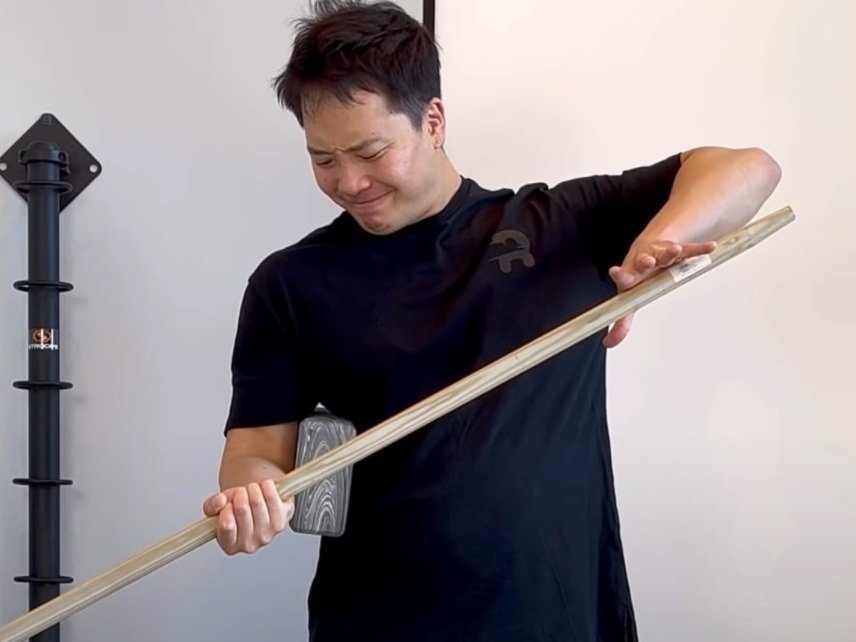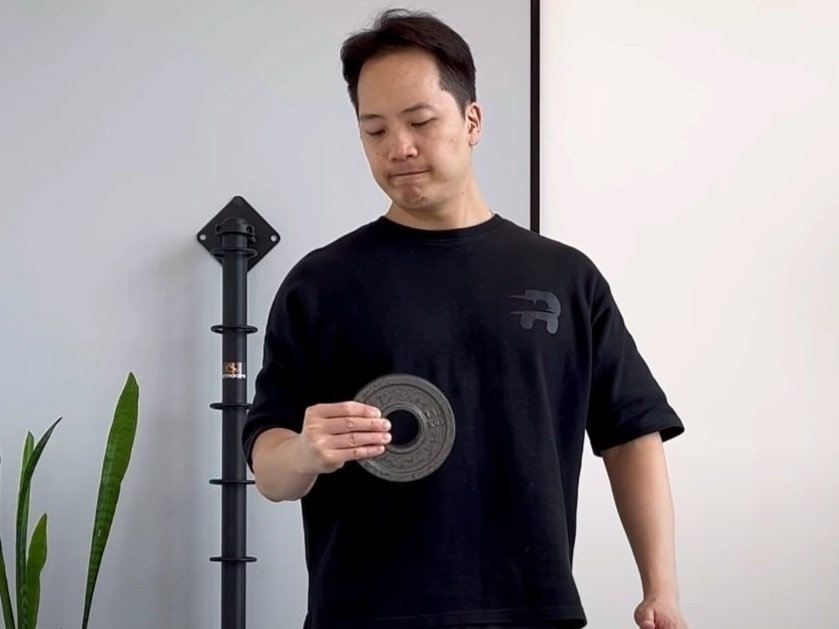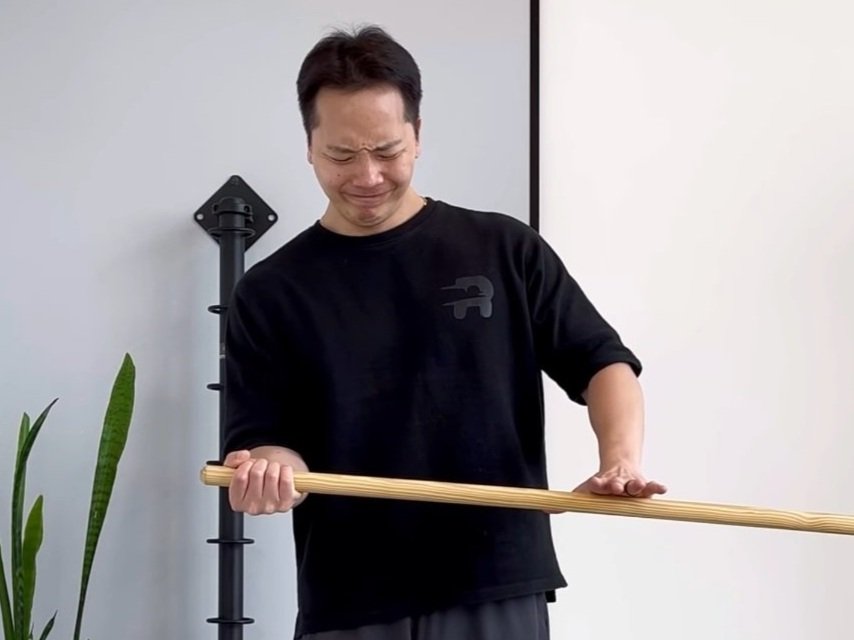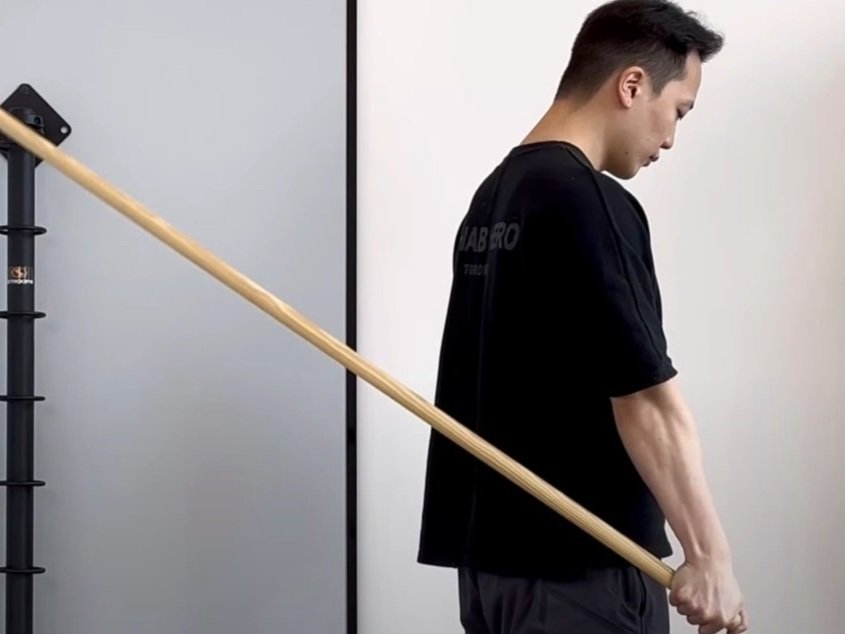What Is Tennis Elbow?
Lateral Epicondylitis aka Tennis Elbow
3 Exercises For Tennis Elbow
About Tennis Elbow
Tennis elbow is also known as lateral epicondylitis and is a pathology of the common wrist extensors. This means that although the pain is located at the outer elbow it has more to do with the wrist than it actually has to do with the elbow. This is the reason why elbow-based exercises like bicep curls and triceps extensions may not help to resolve symptoms, you would be missing the target muscle group - which are the common wrist extensors.
The name Tennis Elbow originated from recreational tennis players injury their elbow by over loading their forearm muscles during a back stroke. However this condition can occur in non-athletes alike. Common occupations that may experience Tennis Elbow include bartenders, chefs, electricians, and mechanics.
Who Do I Go To For Tennis Elbow?
Tennis elbow is a musculoskeletal repetitive strain condition that can be assessed by your physiotherapist or chiropractor. In Toronto no direct referral is required by your medical doctor in order to receive an assessment by the aforementioned health care professionals. Both professionals are adept at assessing the wrist and elbow and can get you started on a recovery program.
At Rehab Hero, chiropractic and physiotherapy treatments typical include manual therapy (sports massage, deep tissue massage or myofascial release therapy), education and rehabilitative exercises. If needed, adjunct treatments including scraping, acupuncture, cupping, kinesiotaping, shockwave, and low level laser therapy (cold laser) may also be used to optimize results. However the emphasis is ALWAYS the active care (exercise) component - we care about getting you back to doing the activities you love by progressively re-introducing comfortable movements.
Seeing a registered massage therapist may also be beneficial as an adjunct therapy. Although unable to diagnose your condition, they can assess your current ability to tolerate movement and make a clinical impression. At Rehab Hero’s multidisciplinary clinic you can be sure that all health professionals communicate to determine the best treatment approach. You can book in an appointment by clicking the button below:
Tests for Tennis Elbow
Some tests that your clinician might do to test for tennis elbow include a Cozen’s test or a resisted wrist extension test. During this test they'll take your wrist and get you to extend it as they apply downwards pressure on the hand. This extra stress will cause pain as these muscles pull on their sensitized tendon.
Another test they may perform is the middle finger extension test. During this test they will get you to hold out your hand with your fingers extended. Next they will apply downward pressure to tip of your middle finger and ask you to resist the pressure applied. This test will also stress the connective tissues to the outer elbow and reproduce pain if positive.
A third test for tennis elbow involves stretching the common wrist extensor tendon. This tends to be painful as well as this increases the tensile load and challenges the integrity of the soft tissues.
Beginner Exercises for Tennis Elbow
If you have tennis elbow here are three exercises that you can do to start your rehabilitative process.
DISCLAIMER:
The information in this blog is not intended nor implied to be a substituted for professional medical advice, diagnosis or treatment. All content, including text, graphics, videos, images, and information, contained in this post is for general information purposes only and does not replace a consultation with your own doctor/health professional.
The first thing you can do to alleviate symptoms is a soft tissue mobilization exercise for the common wrist extensors. You have to be careful with this one because if you perform it too aggressively you can flare up your symptoms.
Place a massage ball on a tender spot on your forearm and support it with your thigh, or a stable surface like a bench or table. Orientate your palm so that it faces downwards towards the floor. Roll around the massage ball until you find a tender spot. Once you have located one you can slowly extend and flex your wrist.
When you're doing these self massage techniques you don't want to exceed a 5 to 6 out of 10 pain intensity on the pain scale. We're not trying to beat the muscle up - we're just trying to give it a different type of stimulus to get the muscles to relax. After about three to five nice and slow wrist extensions you may roll the ball along the muscle group to find another tender spot. You may repeat this process for up to three to five spots.
Now that the muscle is nice and loose the next step is to begin wrist strengthening exercises. The type of strengthening exercises that tends to help tennis elbow the most are eccentric-based exercises. Eccentric exercises are negative phase exercises, it's all about controlling how fast you lower the weight. In this exercise we'll be using our free hand to assist our wrist. Grab a kettlebell, dumbbell or a band that's looped between your hand and your foot, and use your free hand to pull your wrist into wrist extension. From here, let go of your free hand and lower the weight at a five second count. The wrist will go into flexion while your wrist extensors are controlling it.
Generally speaking I like to aim for between five to seven repetitions and in a relatively pain-free range of motion. This means that you might feel some irritation of this muscle group during the exercise. Anything between a 1-2 out of ten pain intensity on the pain scale is considered to be within normal limits. If you experience a 3 out of 10 or more pain intensity than you may be aggravating your symptoms and it may mean you need to lower the weight, complete fewer repetitions, or operate in a smaller range of motion.
When you're doing these exercises you don't necessarily need to fear the pain that you might be experiencing, pain does not always mean that you're damaging the structures further. Pay attention to how you feel after the exercise (observe for lingering pain) and how you feel the next day (particularly in the morning). If you're feeling pretty good in both instances than it means that you didn't push it too hard… but if your symptoms feel flared up and lingers for hours then that may mean you have to scale the exercise intensity back a bit. Keep in mind how much effort you're putting in and how much pain you experience while doing these exercises and modify it accordingly.
The final exercise that we're going to cover will require a hammer, dumbbell or a kettlebell. This exercise is also known as wrist supinations. With a small dumbbell (~3-5 lbs) grab one end of it during the exercise. If you have smaller hands you may use a hammer instead. The purpose of using something like a hammer is to use an object with an uneven weight distribution to create a rotational load. With a kettlebell you will simply hold onto the handle as normal (visualized in the video below)
Use your free hand you to position the weight so that it's in a bottoms up position (palms-up position). Support your forearm using a cushioned table or bench. From here lower the weight at a five second tempo by rotating the wrist downwards (towards the midline of your body). You will feel your supinator working hard as a supportive muscle to the common wrist extensor muscle group. Similar to the previous exercise, stick to a one or two out of ten or less pain intensity during the exercise. You can progress by increasing the weight or number of repetitions as you get stronger.
How Often Should I Do Tennis Elbow Exercises?
All of the exercises mentioned in this blog are exercises that are generally completed two to three times a week. Doing it every day is NOT recommended as this will not give your muscles enough time to recover. Generally muscles require a minimum of 48 hours of rest during the recovery period following the completion of an exercise - that's just how long it takes for your muscles to start adapting to the load that you're giving it. Specific doses of exercise can be prescribed to you by your chiropractor or physiotherapist, so be sure to ask them what is appropriate for you!
Always go over new exercises with your healthcare provider. This can be your medical doctor, your chiropractor, your physiotherapist or whoever it is that you see to take care of your body. Make sure you get get their ‘go-ahead’ as your individual needs may differ. After all, everyone responds differently to exercise depending on your age, lifestyle habits, sleep, hydration and diet!
You can watch this short video by me for more additional information on Tennis Elbow / Lateral Epicondylitis


























